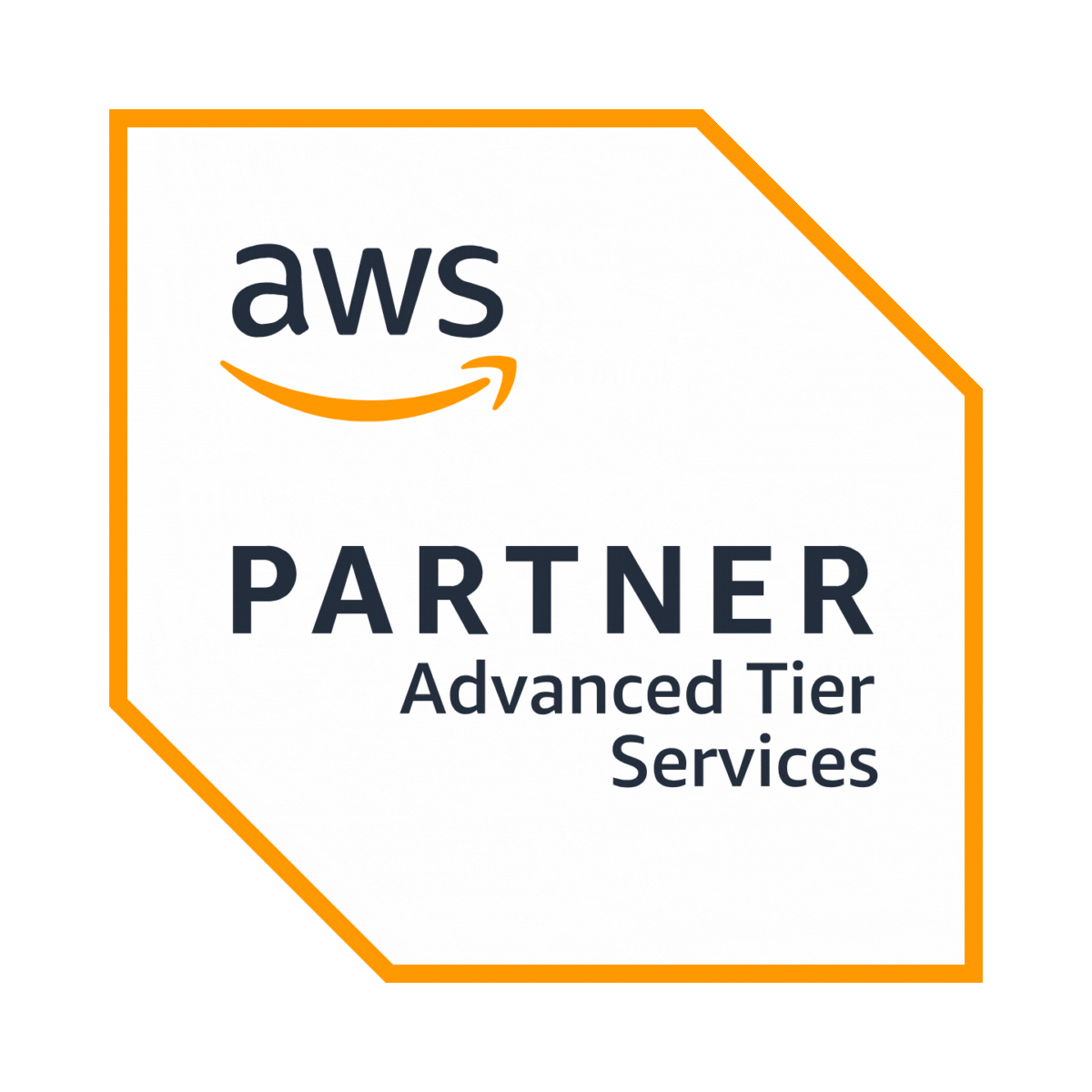Business intelligence focuses on collecting, organizing, and visualizing historical and current data. It helps organizations monitor performance, track KPIs, and make informed decisions based on what has already happened. Tools like dashboards, reports, and scorecards are common elements of BI systems.
Advanced analytics, on the other hand, goes beyond descriptive data. It uses techniques like machine learning, predictive modeling, and statistical analysis to identify trends, forecast future outcomes, and recommend actions. It answers not just “what happened” but also “why it happened” and “what might happen next.”
Both approaches serve different purposes but work best when used together. While business intelligence offers a solid foundation for understanding current operations, advanced analytics provides a forward-looking lens to plan smarter strategies.

The evolution from traditional BI to advanced analytics
While business intelligence tools have long been used to report on historical data, modern organizations are quickly realizing their limitations. Traditional BI is great for tracking what already happened, but it often falls short in explaining why it happened, or what to do next.
That’s where advanced analytics changes the game.
Advanced analytics enables organizations to move from reactive decision-making to proactive planning. With predictive models, anomaly detection, and prescriptive algorithms, businesses can identify potential risks, uncover opportunities, and act ahead of time.
According to a 2024 Gartner report, companies that shifted from BI-only systems to integrated advanced analytics platforms saw a 23% improvement in operational efficiency and 19% faster decision cycles.
The transition doesn’t mean abandoning BI entirely, it means enhancing it. By layering advanced capabilities on top of your existing BI tools, you unlock a deeper, more dynamic view of your data. This shift is what Collibra calls data intelligence, the combination of data governance, real-time access, and AI to elevate analytics maturity.
Making this move prepares your organization for more agile operations and data-driven innovation.
Benefits of combining business intelligence and advanced analytics
Bringing together business intelligence and advanced analytics creates a powerful data strategy that serves both present and future business needs. Here’s how the two, when integrated, deliver greater value:
- Enhanced decision-making across the organization
By combining real-time dashboards with predictive insights, decision-makers at all levels, from operations to strategy, can respond faster and more confidently. - Real-time and forward-looking insights
BI tools show what’s happening now. Advanced analytics goes a step further to forecast what’s likely to happen next. This synergy enables smarter planning, inventory control, financial forecasting, and more. - Improved customer experiences
Businesses can use analytics to personalize services, predict customer needs, and improve engagement. In sectors like e-commerce and banking, this leads to higher retention and increased revenue. - Operational efficiency and cost reduction
Automated processes and intelligent recommendations help reduce manual work and optimize resource use. According to McKinsey, organizations using data-driven decision-making reduce costs by 15–20% on average.
Together, business intelligence and advanced analytics form the backbone of a data strategy that supports growth, resilience, and innovation.
Core components of a future-ready data strategy
To fully leverage your data, organizations need more than just tools, they need the right infrastructure, intelligence, and support. Below are the core elements of a future-ready strategy that blends performance with scalability.
- Centralized data management
A unified data environment ensures that insights are consistent across departments. It also reduces duplication, improves governance, and makes your analytics more reliable. - Cloud-based infrastructure
Cloud platforms enable fast, secure, and scalable analytics across geographies and teams. Whether you're working with structured or unstructured data, cloud business intelligence offers speed and flexibility. Explore how cloud BI can benefit your organization here. - Embedded AI agents
AI agents can monitor live data, trigger alerts, or recommend next steps based on pre-set conditions or learned behavior. These agents are a critical link between BI dashboards and real-time decisions. See how Applify develops custom agents for businesses. - Scalable enterprise AI solutions
Organizations need AI systems that grow with them. From automating workflows to generating predictive insights, enterprise AI is the backbone of next-generation analytics. - External support and data partners
Most companies need expert guidance to implement or scale their data strategy. Working with a proven data analytics company ensures you're building solutions aligned with your industry and goals.
Use cases where BI and advanced analytics deliver results
Combining historical data from BI tools with predictive power from advanced analytics opens up impactful use cases across industries. Here are a few examples of how organizations are using this synergy to drive outcomes:
- Healthcare - predictive patient care
Hospitals are using analytics to identify at-risk patients, prevent readmissions, and optimize treatment plans. For instance, real-time vitals monitoring combined with historical data can trigger alerts for early intervention. - Finance - fraud detection and credit risk analysis
Banks leverage BI dashboards to track daily operations while using advanced analytics models to detect unusual patterns that signal fraud. Predictive algorithms also help evaluate creditworthiness more accurately. - Retail - customer behavior and inventory optimization
Retailers combine POS data (via BI) with purchase history and external trends (via analytics) to forecast demand, personalize offers, and manage inventory. This reduces waste and improves sales. - Manufacturing - predictive maintenance
Companies use machine data to predict equipment failure before it happens. This minimizes downtime and extends machine life, saving millions in unplanned maintenance costs.
According to Deloitte’s 2024 analytics report, 72% of businesses using integrated BI and advanced analytics saw measurable improvements in customer satisfaction, operational efficiency, or revenue within 12 months.
These use cases show how the combination of visibility and foresight transforms raw data into real business value.

How to get started with a smarter analytics roadmap
Implementing a combined business intelligence and advanced analytics strategy doesn’t have to be overwhelming. With the right steps, any organization can start small and scale confidently.
- Assess your current BI maturity
Start by evaluating what tools, processes, and data sources you already have in place. Identify gaps in data access, reporting speed, and predictive capabilities. - Align goals with analytics use cases
What are the top business questions you want data to answer? Whether it's reducing churn, forecasting sales, or optimizing costs, align your goals with specific use cases. - Invest in the right technology and talent
Choose scalable tools that support both BI and advanced analytics. Upskilling internal teams or working with experienced partners ensures successful adoption and use. - Build incrementally and iterate
You don’t need a massive overhaul on day one. Begin with high-impact, low-complexity projects, measure results, and expand gradually.
Partner with the right experts
Getting the right guidance from day one can help you avoid common pitfalls and accelerate outcomes.
Contact us and get connected to our experts to explore how we can help you build a future-proof data strategy tailored to your business.


















